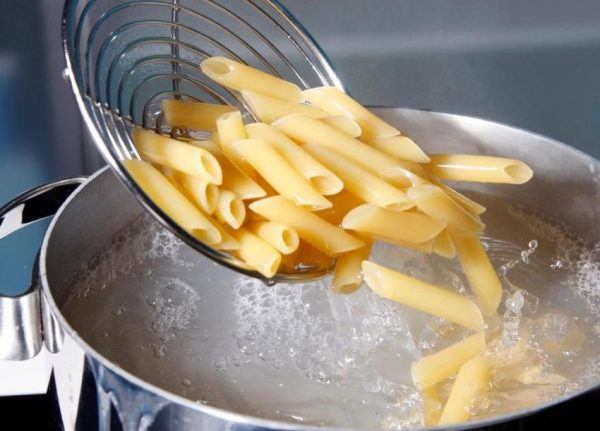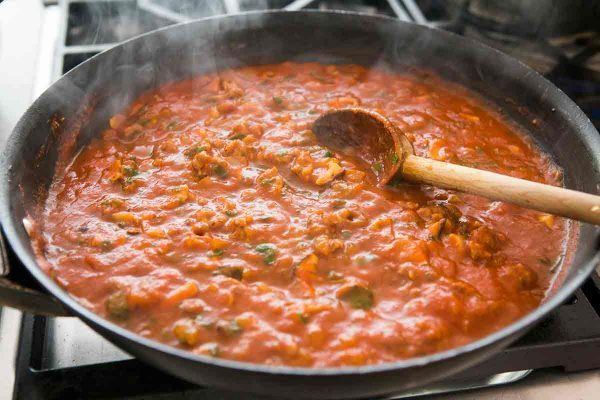Cooking pasta is one of the first things that many of us learn in the kitchen. Who doesn’t love a good bowl of macaroni and cheese! However, it turns out that many of us have been doing it wrong for a very long time.
While we all have our own methods for cooking things, there is one habit that nearly every one does the same when it comes to cooking pasta, and that is draining it. Almost every household in America has a colander, and when it comes time to drain the pasta, we sit it in the sink and pour the pasta and water into it.
The pasta stays inside the colander and the water flows down the drain. Professional chefs, however, say that’s where we’re doing it all wrong. Throwing that left over water down the drain is a big mistake.

That cloudy left over pasta water is known as liquid gold to many professional chefs. Beyond just boiling and cooking our pasta, the cloudy water that remains after we take out the pasta has one very special use; it can be used to elevate the accompanying pasta sauce to a level you can’t easily achieve without it.
When the pasta is cooking, some of the starch seeps from the pasta and leeches into the water. That starch makes the water appear cloudy, but it acts as an excellent emulsifier. What does that mean for you? It means that it can create a creamy, smooth sauce with the perfect consistency.

Using the pasta water in your sauce means that it will bind to the oils in the sauce so it won’t separate on the plate once it is served. It will also thicken the sauce so you don’t have to add extra flour or cornstarch to get the desired thickness and consistency.
There are a few more things you should know when cooking pasta. Don’t add oil to the water when you boil it. That will only make the pasta oily and make the sauce slip off the noodles. Also, be sure you are using enough water when boiling your pasta. The rule of thumb is to use three liters of water for every 250 grams of pasta.

When draining the pasta, use a slotted spoon or tongs to get the pasta out of the water while saving the water for your sauce. The same techniques can be used when cooking rice, beans, lentils, and other starchy foods that often have accompanying sauces.
COMMENTS POLICY: We have no tolerance for messages of violence, racism, vulgarity, obscenity or other such discourteous behavior. Thank you for contributing to a respectful and useful online dialogue.